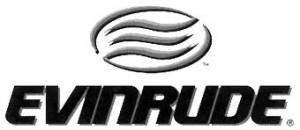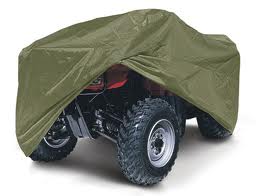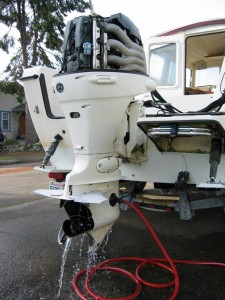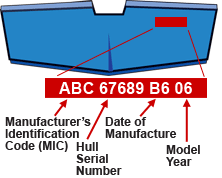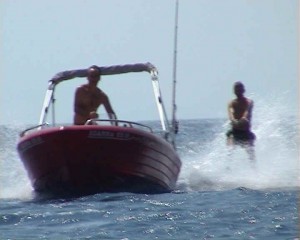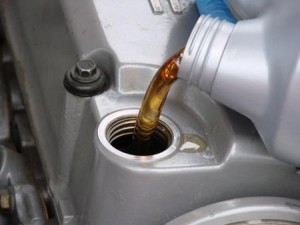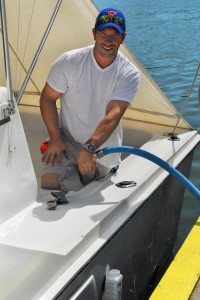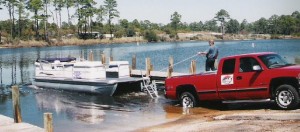Boat Engine Maintenance 101: Cooling System
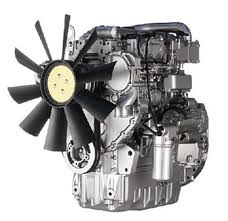 Most systemic problems with boat engines can be traced back to a neglect of the cooling system. The cooling system in your boat will function much differently from the one in your car, so it’s important to be familiar with the discrepancies. Regardless of what type of cooling system you have, the water you’re floating in will be used to regulate the temperature of the engine, which means that all of the debris, algae and gunk in the water will now be pulsating through your boat.
Most systemic problems with boat engines can be traced back to a neglect of the cooling system. The cooling system in your boat will function much differently from the one in your car, so it’s important to be familiar with the discrepancies. Regardless of what type of cooling system you have, the water you’re floating in will be used to regulate the temperature of the engine, which means that all of the debris, algae and gunk in the water will now be pulsating through your boat.
The first way to prevent damage to the cooling system is to inspect, clean and replace the filters on the water intakes regularly. This will help you catch any large debris from the water that would otherwise be sucked through the system. If you are boating in salt water frequently, gasket failure will be your chief concern. When you see any signs of rusting or corrosion here, immediately switch out the parts and work to remove any deposits. In addition, changing your outboard motor oil regularly will help rid the system of deposits and keep the engine temperature in an acceptable range.


